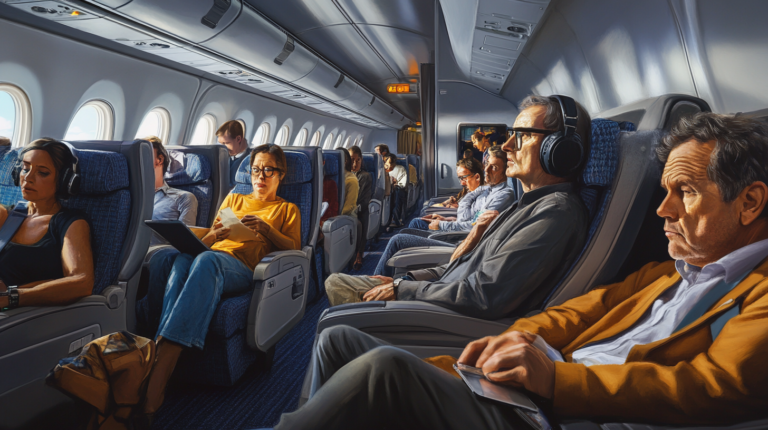The Legacy of Pan Am: Reflecting on the Golden Age of Air Travel
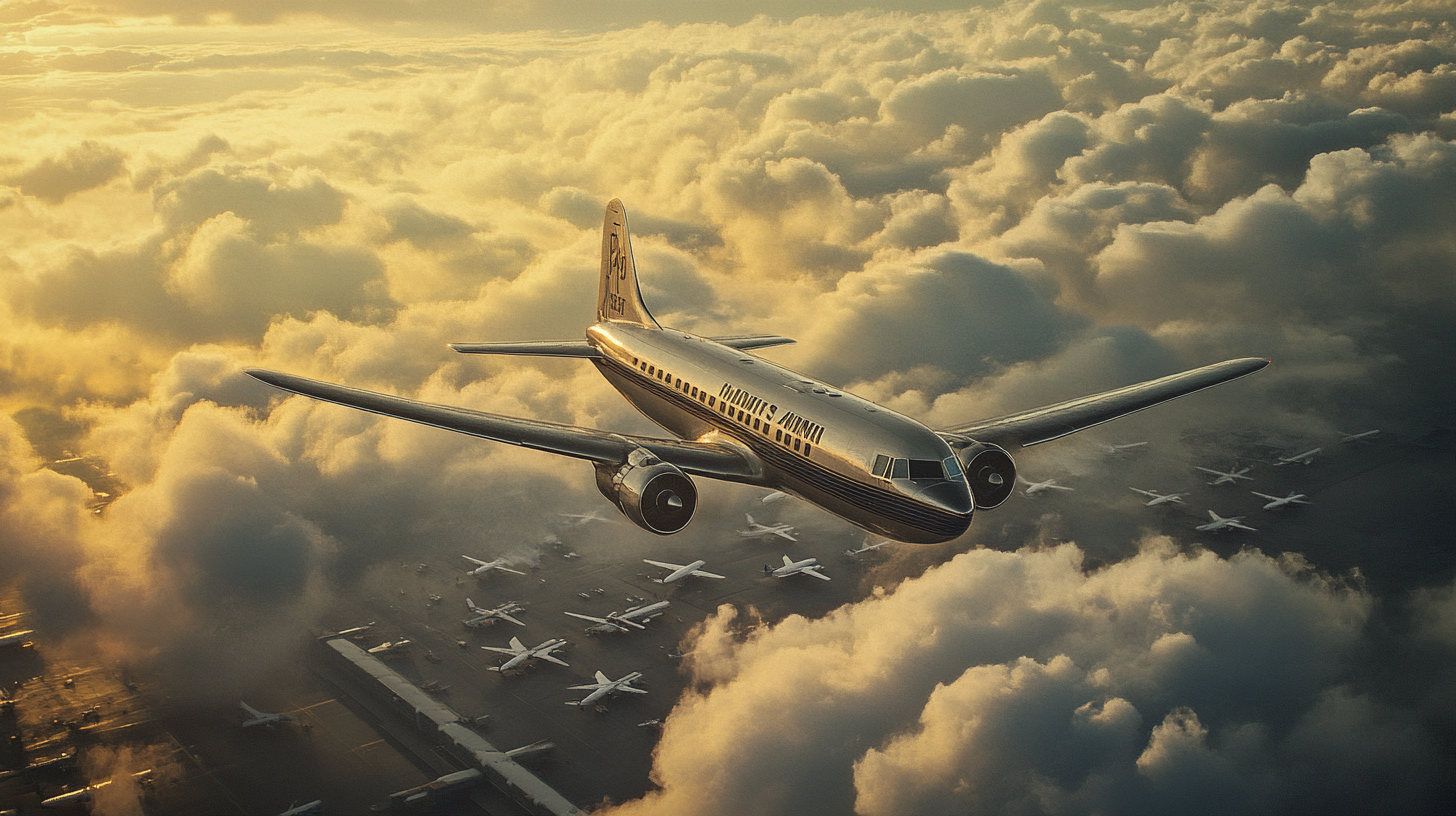
In the annals of aviation history, few names resonate as profoundly as Pan American World Airways, commonly known as Pan Am. Founded in 1927, Pan Am was more than just an airline; it was an emblem of luxury, innovation, and the pioneering spirit of America during the 20th century. With its distinctive blue globe logo and the promise of adventure, Pan Am became synonymous with a new era of possibilities, where the world seemed smaller and more interconnected than ever before. This iconic carrier not only revolutionized air travel but also left an indelible mark on global connectivity and cultural exchange. As we reflect on the golden age of air travel, Pan Am’s legacy serves as a testament to the transformative power of aviation.
Founding and Early Years: A Vision Takes Flight
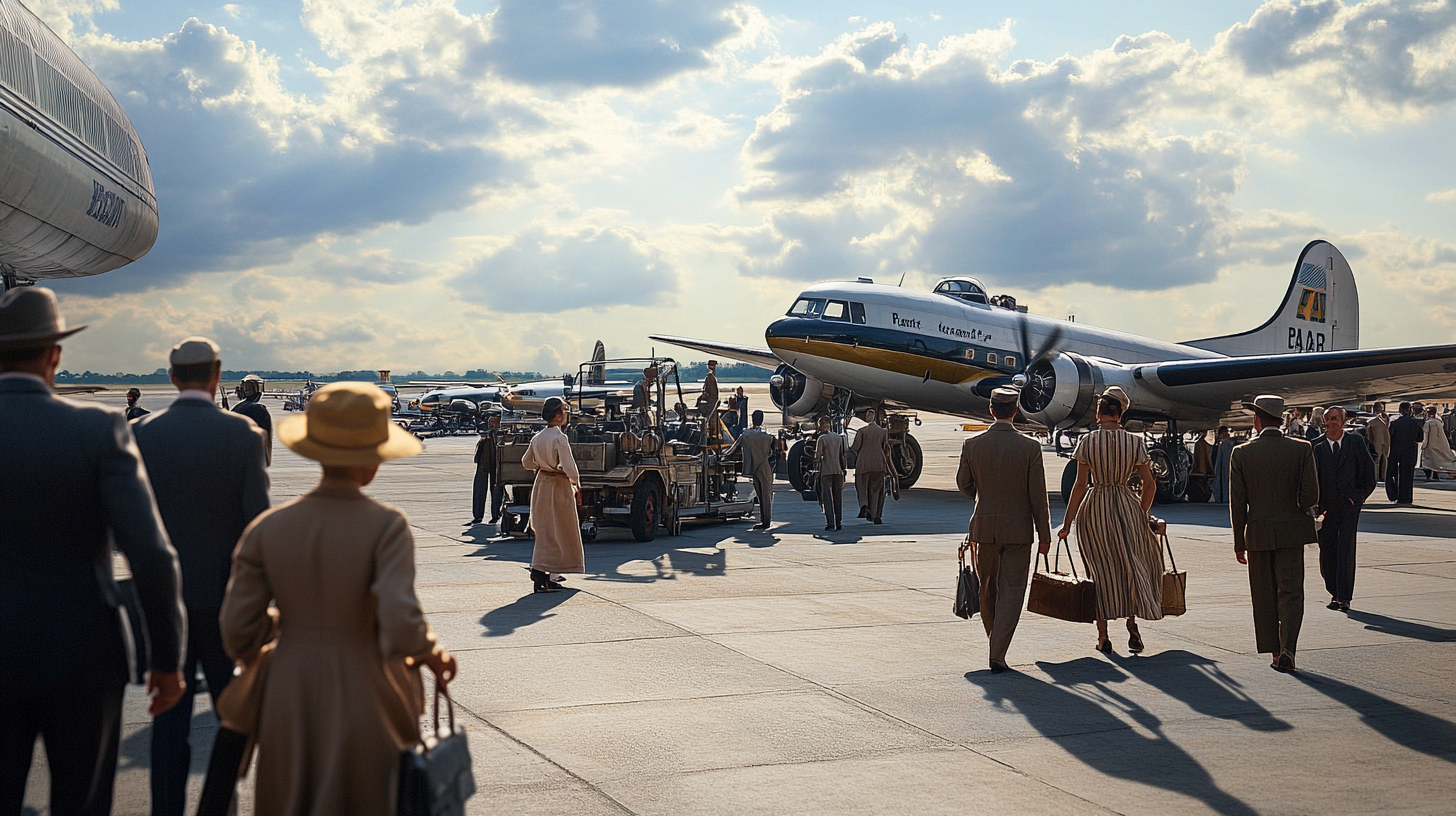
The late 1920s were a time of rapid advancement in aviation technology and a growing public interest in air travel. Pan Am was established in 1927 by aviation enthusiasts Henry H. Arnold, Carl A. Spaatz, and Juan T. Trippe, who shared a common vision of bridging distant lands through the skies. Originally incorporated as an airmail service to Cuba, the airline swiftly transitioned to passenger flights, recognizing the potential of connecting people across continents. The inaugural flight from Key West to Havana marked the beginning of an era where oceans no longer seemed insurmountable barriers. Under the visionary leadership of Juan Trippe, whose ambitions were exemplified by the establishment of pioneering transpacific routes , Pan Am sought to expand international air travel, embracing a mission to make the world more accessible.
Innovations that Shaped Aviation
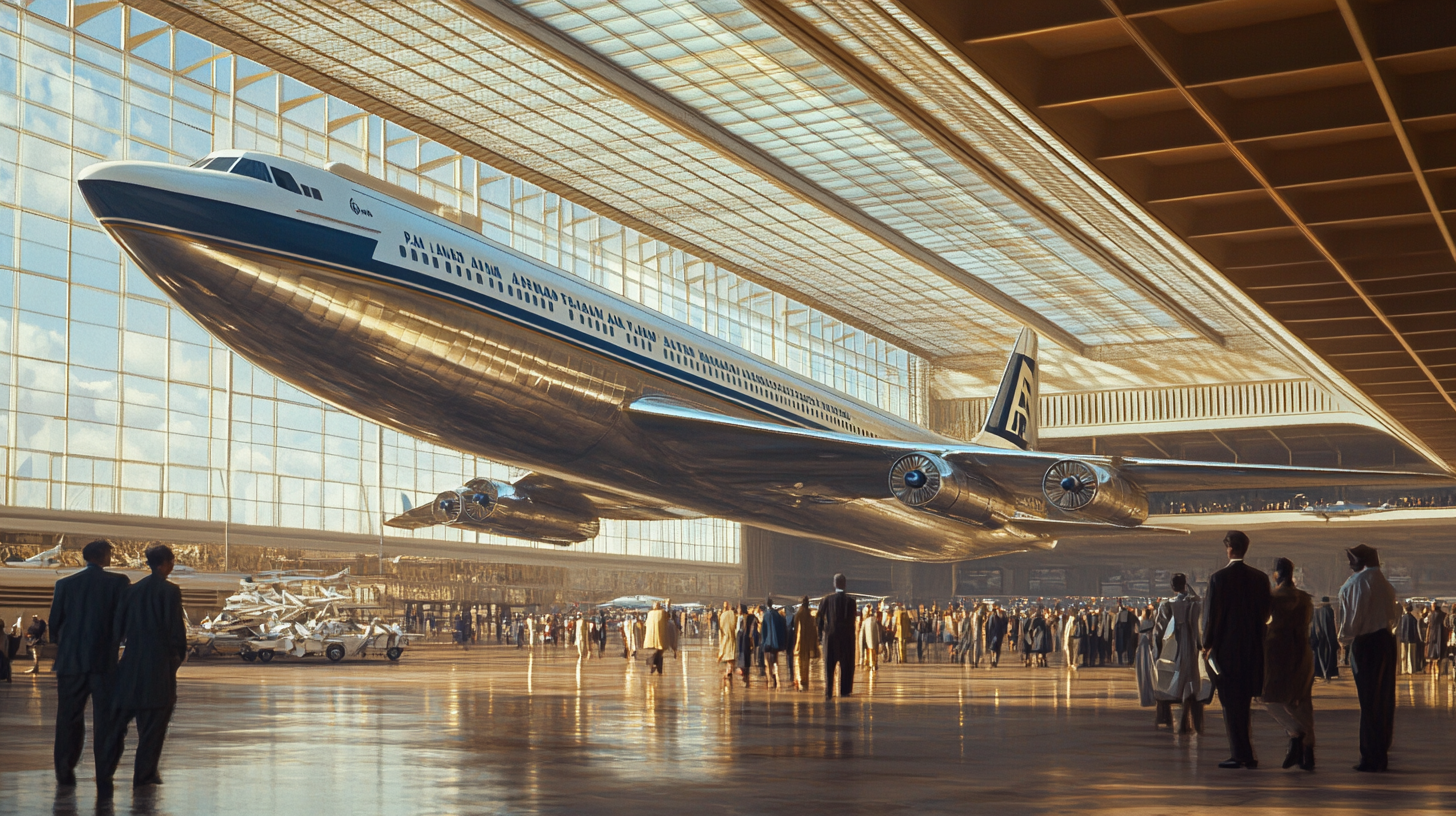
Pan Am was synonymous with innovation, consistently pushing the boundaries of what was possible in aviation. From developing sophisticated navigation techniques to establishing rigorous safety standards, the airline was a trailblazer in introducing new technologies and services that would become standard in the industry. Among its many firsts, Pan Am was the pioneer of transoceanic flights, connecting continents in ways previously unimaginable. The use of advanced aircraft like the Boeing 314 Clipper enabled the airline to operate lengthy flights over water, bringing distant destinations within reach.
In the 1950s and 60s, Pan Am embraced jet technology, marking the advent of the jet age. The introduction of the Boeing 707 in 1958, with its inaugural commercial flight on October 26, signified a significant milestone. This event not only transformed Pan Am but also revolutionized global connectivity, initiating rapid advancements in airport infrastructure, airline operations, and passenger experience. The Boeing 707’s speed and range dramatically reduced travel times, making international travel more accessible to a broader audience. This leap forward was pivotal, paving the way for future innovations such as the development of the Boeing 747 Jumbo Jet , which Pan Am would later introduce to the world.
The Golden Age of Air Travel

During the 1950s through the 1970s, Pan Am epitomized the glamour and sophistication of air travel’s golden age. The airline was renowned for its luxurious services, stylish uniforms designed by famous fashion houses, and unparalleled passenger experiences. Flying with Pan Am was not merely about reaching a destination; it was an adventure, a symbol of prestige and elegance. Passengers could relax in plush lounges before boarding, savor fine dining at 30,000 feet, and even enjoy on-board piano bars on certain flights, making the journey as memorable as the destination itself.
Passengers enjoyed amenities that set new standards in air travel. From spacious cabins and gourmet meals to attentive service, Pan Am made flying an exclusive experience. The airline’s iconic blue and white logo became a symbol of sophistication, adventure, and the excitement of global exploration. This era is fondly remembered through personal accounts of Pan Am flight attendants , which highlight the unique culture and camaraderie that defined the airline.
Pan Am’s Role in World War II
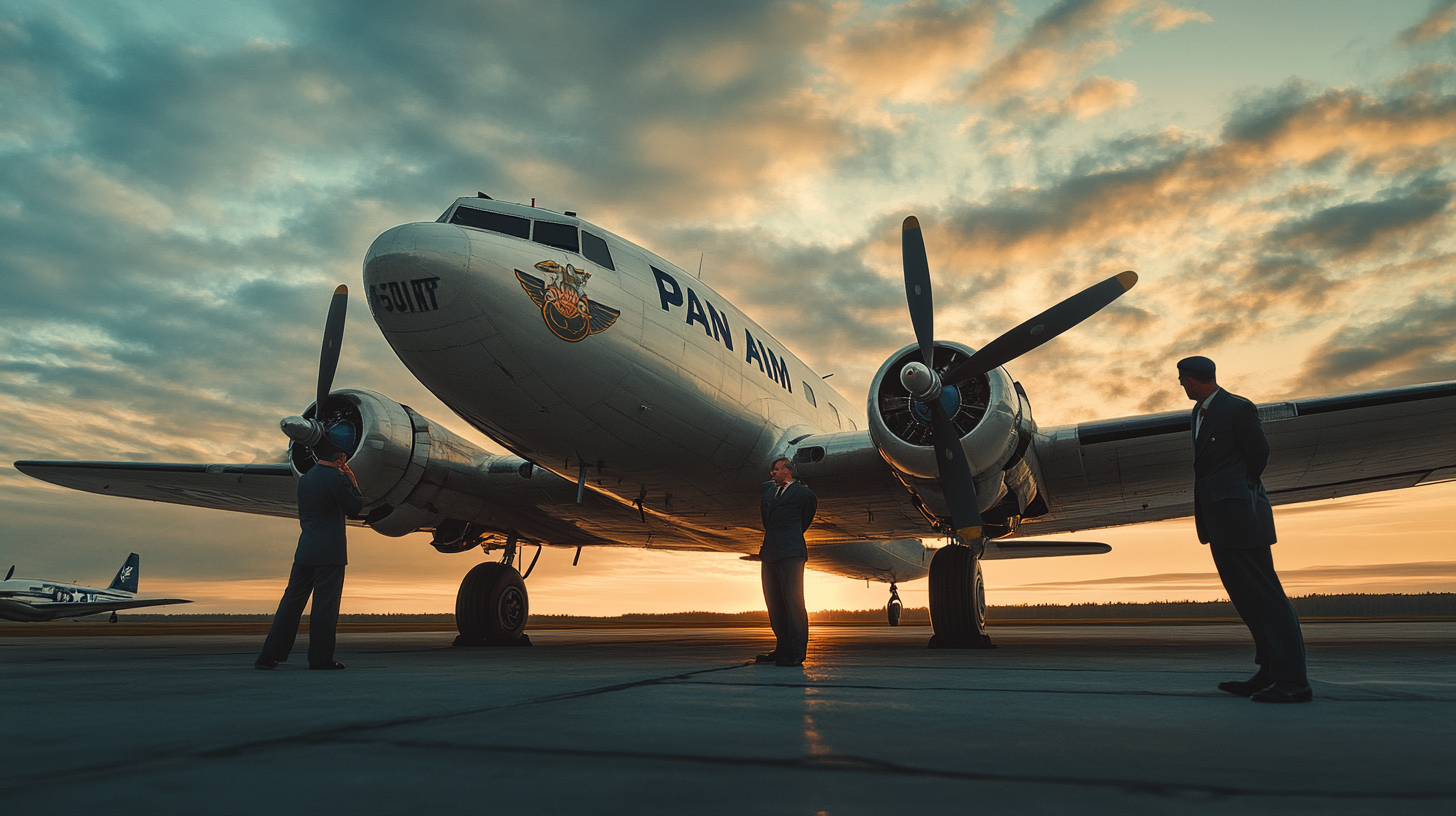
Beyond commercial aviation, Pan Am played a crucial role during World War II. The airline’s expertise in long-distance flight operations and its existing global network were instrumental in supporting Allied forces. Pan Am assisted in transporting military personnel, critical materials, and essential supplies to various fronts, including remote and hard-to-reach locations. Notably, the airline was involved in secret missions, such as the transportation of uranium for the Manhattan Project, illustrating its significant contribution to the war effort. This period underscored Pan Am’s strategic importance and its ability to adapt to the world’s changing needs, as detailed in studies on the impact of airlines during wartime .
Challenges and Decline

Despite its pioneering spirit and early successes, Pan Am faced a series of challenges that eventually led to its decline. The airline grappled with high operational costs, exacerbated by the oil crises of the 1970s, which dramatically increased fuel prices. Economic downturns reduced passenger numbers, and increased competition from other international carriers eroded its market share. Following industry deregulation in the late 1970s, Pan Am struggled to adjust to the new competitive landscape, where domestic routes became crucial for profitability. Government interference, fluctuating international tariffs, and strategic missteps, such as unprofitable route expansions and the failed acquisition of National Airlines, further strained its operations.
The tragic bombing of Pan Am Flight 103 over Lockerbie, Scotland, in 1988 severely tarnished the airline’s reputation and resulted in substantial financial losses due to lawsuits and increased security costs. This event, coupled with mounting debt and legacy costs, made it increasingly difficult for Pan Am to sustain its operations. Efforts to restructure and revitalize the airline were unsuccessful. On December 4, 1991, after Delta Air Lines withdrew from a critical financing agreement, Pan Am ceased operations, marking the end of an era. The closure of Pan Am was a somber moment in aviation history, symbolizing the challenges airlines face in a rapidly changing industry, as detailed in analyses of airline industry deregulation impacts .
An Enduring Legacy
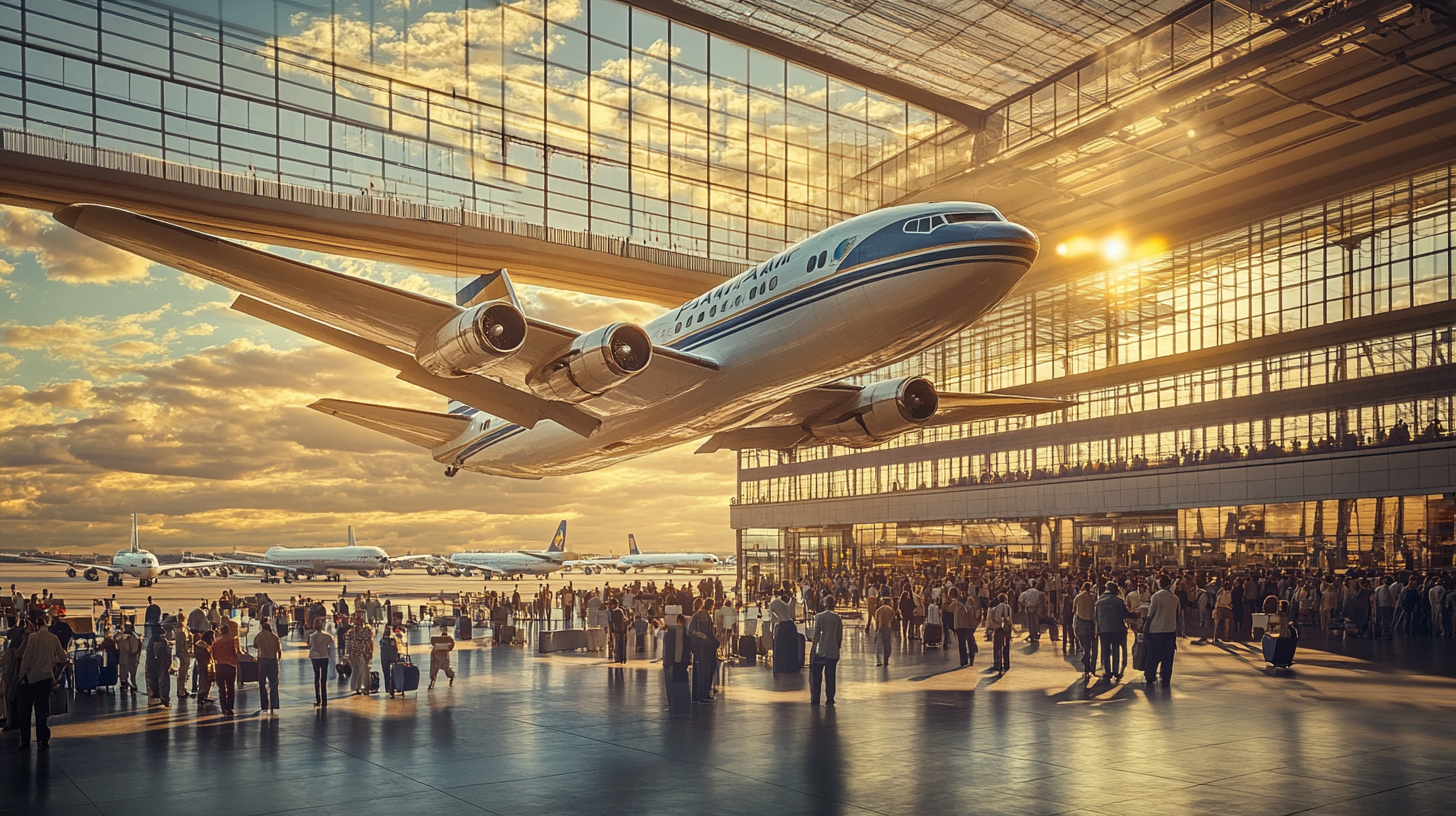
Though Pan Am ceased operations decades ago, its legacy continues to influence modern aviation and popular culture. The airline is nostalgically remembered for its contributions to making global connections accessible and for setting high standards in passenger service. Its innovations in technology, such as the development of the computerized reservation system, which laid the groundwork for modern booking systems, and the introduction of the Boeing 747, affectionately known as the “Queen of the Skies,” have left lasting impressions on the industry. Pan Am’s vision helped to usher in the era of mass international travel, making it possible for people from varying walks of life to explore the world.
Pan Am’s cultural impact is also notable. The airline is often likened to the Orient Express in train travel—symbols of a bygone era of elegance and luxury. Iconic moments, such as the Beatles’ arrival in America aboard a Pan Am flight in 1964, have cemented the airline’s place in history. The airline’s distinctive branding, uniforms, and even its in-flight dining experiences have been celebrated and emulated in films, television shows, and fashion. Archives and exhibits dedicated to Pan Am preserve its storied past, showcasing its pivotal role in aviation history and its influence on fashion, design, and global culture. The enduring fascination with Pan Am is evident in the resurgence of retro aviation memorabilia , reflecting a nostalgia for the golden age of air travel.
The Revival: Pan Am’s Return to the Skies
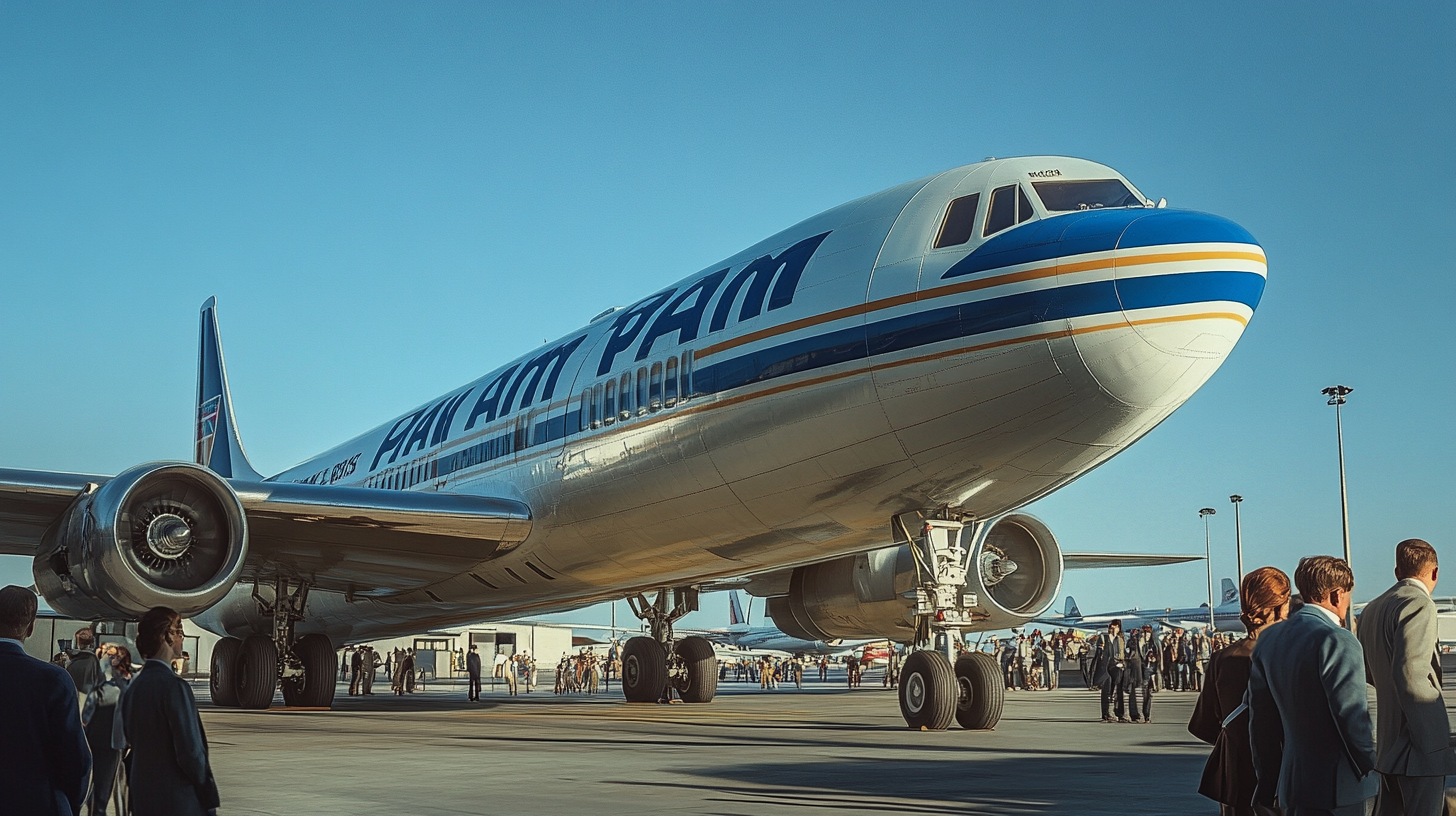
The legacy of Pan Am is set to soar once again, captivating the imaginations of aviation enthusiasts and travelers seeking a unique experience. Plans are underway to relaunch the airline with themed luxury journeys that harken back to its golden era. Starting with a 12-day commemorative voyage in June 2025, Pan Am aims to retrace historic transatlantic routes, offering a blend of nostalgia and modern innovation. This initiative reflects a growing interest in experiential travel, where the journey is as significant as the destination, as explored in trends in luxury experiential travel .
This exclusive trip, titled “Tracing the Transatlantic,” departs from New York City and includes stops at significant Pan Am destinations such as Bermuda, Lisbon, Marseille, London, and Foynes, Ireland—the site of the historic flying boat terminal. Limited to 50 guests and priced at $59,950 per person, the journey promises luxury accommodations on a reconfigured Boeing 757 with all-business-class lie-flat seats. Passengers will enjoy curated experiences, gourmet cuisine, and bespoke events that evoke the glamour and excitement of Pan Am’s heyday. Events like a Fourth of July celebration in London are among the highlights, designed to recreate the magic of transatlantic travel during the golden age.
Craig Carter, CEO of the revived Pan Am, emphasizes the airline’s commitment to merging its storied past with modern amenities. “We are not just reviving an airline; we are rekindling a spirit of exploration and sophistication,” he explains. Plans include the introduction of exclusive airport lounges that reflect the elegance of Pan Am’s original Clipper Clubs and a centennial world tour in 2027, marking 100 years since Pan Am’s founding. This ambitious revival seeks to honor the airline’s legacy while offering a unique travel experience for those who yearn for the romance of flight.
Pan Am’s Influence on Modern Aviation
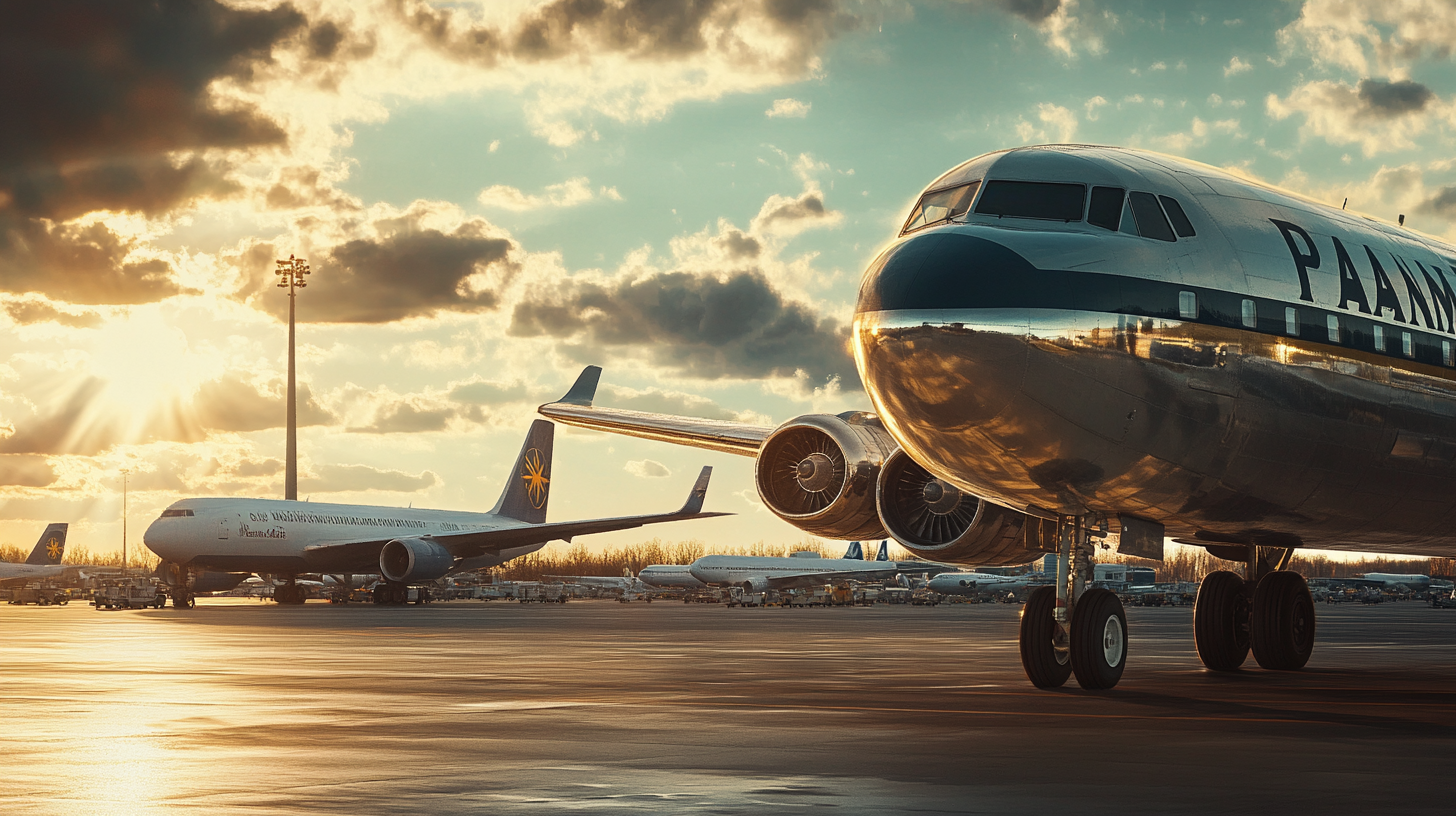
Pan Am’s influence extends beyond nostalgia; it has profoundly shaped many of the practices and standards in today’s aviation industry. The airline’s focus on passenger experience, global connectivity, and service excellence set benchmarks that continue to inspire airlines worldwide. Pan Am pioneered the concept of global airline alliances by establishing code-sharing agreements and partnerships, a practice that has become commonplace in the industry to enhance route networks and improve operational efficiencies.
Its innovations in aircraft technology, route development, and in-flight services have become integral to the modern travel experience. Pan Am was instrumental in standardizing navigational aids and weather forecasting techniques, contributing to the safety and reliability of air travel. The airline’s ambitious route expansions opened up new markets and demonstrated the viability of long-haul flights. Moreover, Pan Am’s emphasis on crew training and professionalism helped elevate the standards for pilot and flight attendant training programs, as noted in the evolution of aviation training standards .
The strong brand identity created by Pan Am, epitomized by the iconic blue globe logo, symbolizes a spirit of adventure and prestige. This branding strategy highlights the importance of a cohesive and powerful brand image in the aviation sector, a lesson that remains relevant for contemporary airlines. Pan Am’s marketing campaigns often evoked a sense of wanderlust and sophistication, appealing to the aspirations of travelers and setting a template for airline branding that endures today.
Final Thoughts
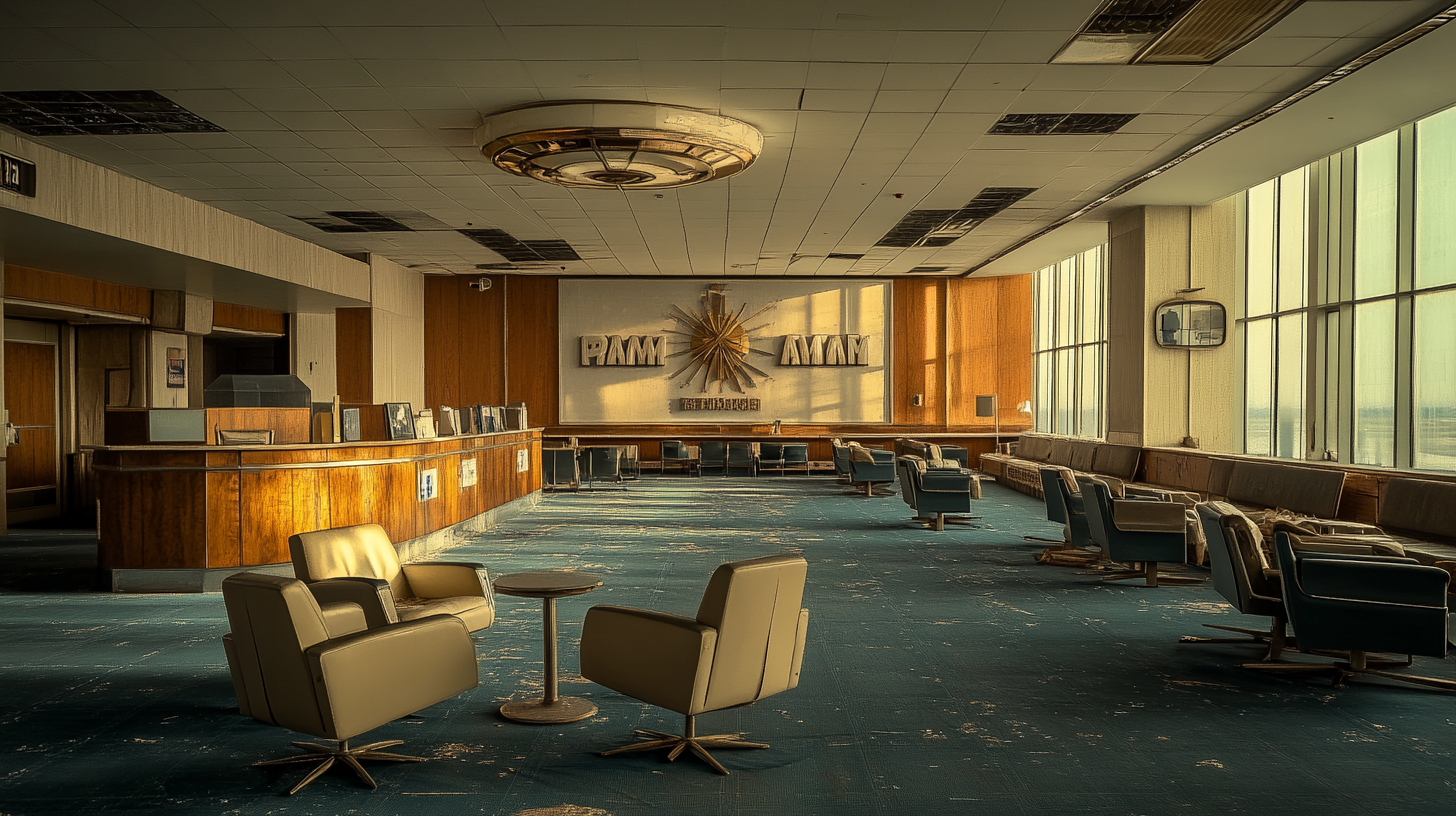
The story of Pan Am is a rich tapestry woven with threads of innovation, luxury, and a relentless quest to connect the world. From its pioneering transoceanic flights to its influence on modern aviation practices, Pan Am’s legacy is a testament to the golden age of air travel. While the original airline may have ceased operations, its spirit endures, capturing the imagination of aviation enthusiasts and travelers alike.
As Pan Am prepares to once again take flight with its upcoming luxury journeys, there is an opportunity to relive the elegance and excitement that once defined global air travel. The legacy of Pan Am serves as a reminder of how far aviation has come and the possibilities that await on the horizon. In celebrating Pan Am’s contributions, we acknowledge the enduring impact of its vision and the timeless allure of exploring the skies.
Follow us back to Seat 5A for more stories and insights into the world of aviation.




